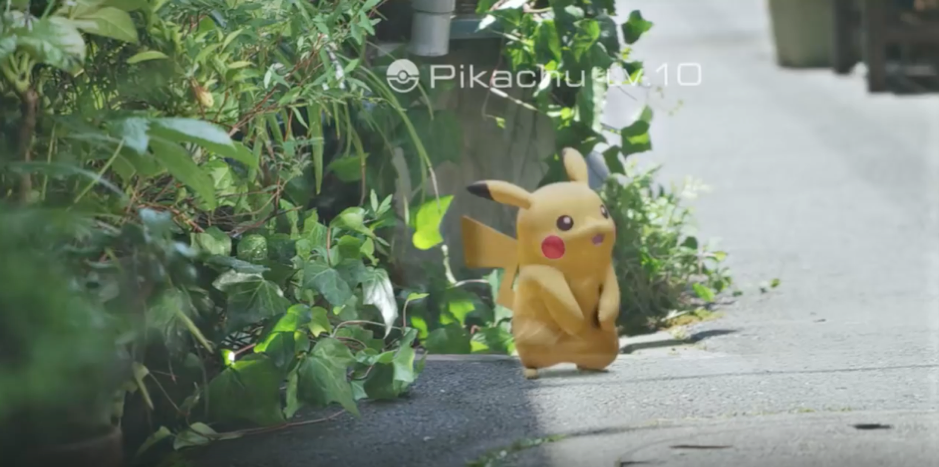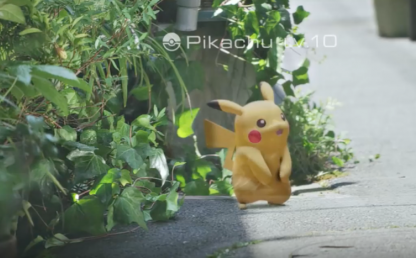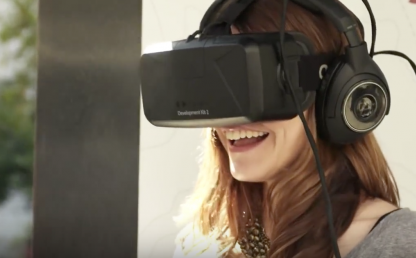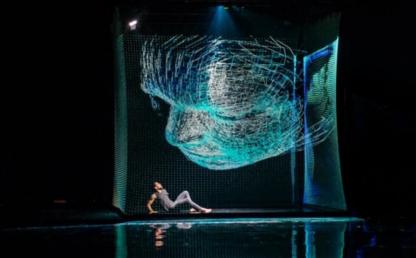Pokemon Go, Magic Leap, AR market: the last AR news you need to know

As virtual reality is currently becoming one of the most important buzzwords in the marketing industry, augmented reality is also rising. Augmented reality enhances our experience of reality by inserting virtual animations into consumers’ view of the real world. The experience can be delivered with a headset or a smart device. Such technology opens up great opportunities for marketers to create unique brand experiences that interact with users’ real world.
The last 3 weeks have seen many AR announcements including the release of Pokemon Go, the world’s first mass-market augmented reality app (the game is also available in Hong Kong since Monday 25th of July).
The Pokemon Go phenomenon
Pokemon Go has become one of the most popular mobile games in only three weeks. This augmented-reality game, which requires users to walk the streets to hunt and catch animated Pokemon creatures, has already passed 30 million worldwide downloads (Sensor Tower). Pokemon Go went so viral and phenomenally successful that iPhone users may be spending more time playing Pokemon Go than on
Facebook, Snapchat, Twitter or Instagram (Sensor Tower’s Store Intelligence report ).
How can we explain the success of Pokemon Go?
Is augmented reality responsible of this success? If augmented reality definitely brought the mobile game to an exciting new level, it is probably not the only key to success. The popularity of Pokemon Go among different kinds of people is probably the result of a combination of several factors including:
The popularity of the Pokemon brand itself. An augmented reality technology accessible on smartphones, a device used by nearly two-thirds of Americans. People do not need any headset or console games to play, they only need their smartphone to bring the creatures to life. The social aspect of the game and the excitement of a scavenger hunt bringing players in the street. According to the O.C. Tanner Institute, Pokemon Go actually reveals the human urge to hunt and capture.
There is no doubt that the AR technology contributes to the general excitement and we can expect to see a new wave of AR games and AR live quests. Is Pokemon Go paving the way for AR brand experiences?
Pokémon GO literally combines the virtual world with the players’ real world. However, such technology is not new and has already been used by brands. Augmented Reality has played a role in marketing for some time with smartphone applications. Ikea was one of the early adopters and developed an augmented reality catalogue app. Consumers could decorate any room by simply holding up their smartphone or tablet and placing furniture in the view.
What is very interesting and unique is that Pokemon Go has made the AR technology accessible and popular among 30 millions of users. As many brands are starting using virtual reality, augmented reality could also become a very powerful tool in terms of brand and retail experience. Pokemon Go is making augmented reality mainstream and this might offer new opportunities for brands to create interactive and entertaining experiences (download our white paper to know more about augmented reality and immersive marketing).
Augmented reality, gaming and marketing: what’s the next step?
Can we consider to go further with mix reality and Pokemon holograms fully integrated into our real-world? Some developers created a Pokemon demo for Microsoft HoloLens (Microsoft’s technology that projects high-definition holograms into the user’s field of view of the real world) where users can catch the creatures just by targeting them and pinching their fingers.
The experience of catching Pokemon with Hololens must be amazing. However, it will take some time before we see a version of Pokemon Go or any other games or brand experiences on HoloLens since the AR headset is not yet available to consumers. Moreover, the distribution of this costly technology will be a real challenge.
Augmented reality, a rising market
Index AR Solutions projects augmented reality to be a $105 billion market for U.S. Enterprise within 15 years. The projection includes $49 billion in hardware, $11 billion in software and $45 billion in services. According to Index AR Solutions, early adopters of the disruptive technology should gain a competitive advantage in their industries.
Is Magic Leap coming soon?
The augmented reality start-up that has raised more than $1.4 billion capital would be close to starting the production of its first "mixed reality" products. Rony Abovitz, Chief Executive at Magic Leap, declared at the Fortune magazine technology conference that the company would launch the products soon. However, he did not give a date of release.
Magic Leap is supposed to provide a technology that allows computer generated images to be fully integrated into users’ real-world, and has garnered a tremendous amount of excitement, impressive for a company that has yet to publically launch a product.

Global Automotive Augmented Reality Market to grow of 17.96% by 2020
According to Marketing and Research, the Global Automotive Augmented Reality Market should grow of 17,96% during 2016 and 2020. Augmented reality can be used by automotive brands to deliver interactive information displayed in front of the user.
One of the key players, Hyundai, recently developed an AR app that shows users how to fix their car. Indeed, the app lets owners take a live look at components of their car, as well as access tutorial animations and advice. Users just have to hold up their phone to be guided by the AR app.
Click here to download our white paper 'Virtual and augmented reality: the future of immersive marketing'.
 Insights
Insights

